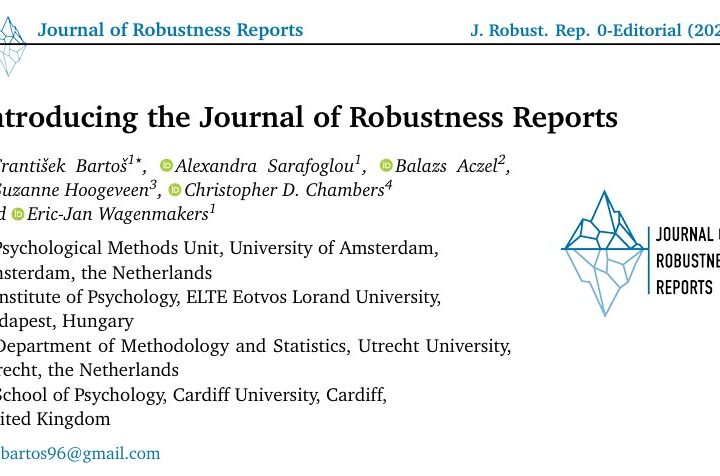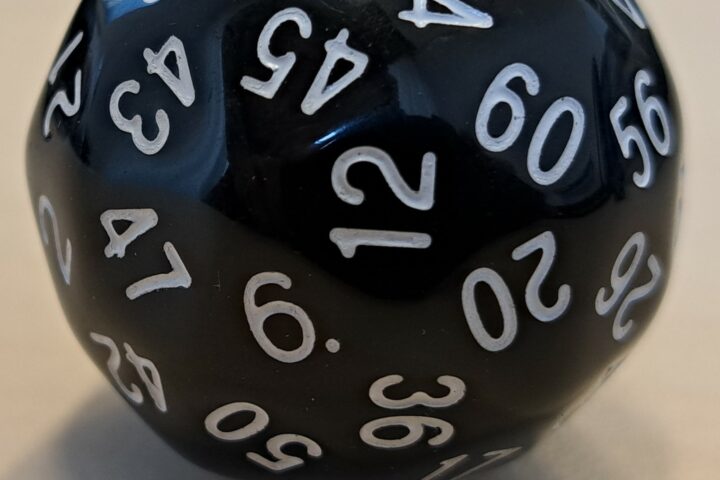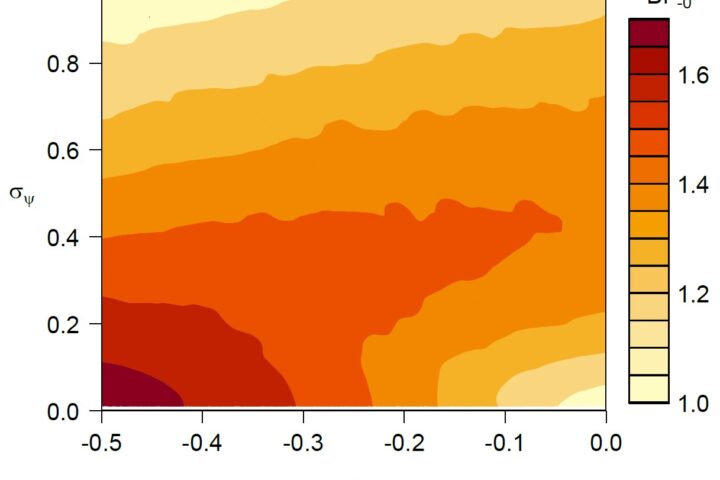Since 2017, Dora Matzke and I have been teaching the master course “Bayesian Inference for Psychological Science”. Over the years, the syllabus for this course matured into a book (and an accompanying book of answers) titled “Bayesian inference from the ground up: The theory of common sense”. The current plan is to finish the book in the next few months, and share the pdf publicly online. For now, you can click here or on the cover page below to read the first 320 pages [67 MB!]. Today we are adding three chapters: “Haldane’s Rule of Succession” (with Sandy Zabell and Quentin Gronau), “Jeffreys’s Platitude”, and “The Principle of Parsimony”.
“Haldane’s Rule of Succession” highlights a crucial Bayesian contribution of J. B. S. Haldane, who can lay a legitimate claim to the title “most interesting scientist of all time”. Haldane fought in France and in Iraq during World War I, experimented on himself with poisonous gas (and, later, in the oxygen-low environment of one-person submarines), fought in the Spanish civil war, became a vociforous communist, wrote a popular childrens book, authored numerous newspaper columns, popularized science, left the UK for India in protest of the UK’s handling of the Suez crisis, and wrote a famous poem mocking the colorectal cancer that would ultimately end his life. All of this was done while making groundbreaking contributions to genetics and statistics. Haldane may also have spied for Stalin, although the polemic/biography making this claim appears to be overstating the claim. The personal highlight of the chapter is a painting of Haldane by Claude Rogers (1907-1979; reproduced with permission of ©Crispin Rogers).
“Jeffreys Platitude” concerns Jeffreys’ remark “It is sometimes considered a paradox that the answer depends not only on the observations but on the question; it should be a platitude.” The chapter abstract:
This chapter emphasizes that (1) prior distributions on model parameters partly determine the model predictions; (2) the relative adequacy of the model predictions define the evidence (i.e., the Bayes factor), that is, the extent to which the data change our beliefs; (3) consequently, different prior distributions result in different Bayes factors. This tautology needs to be understood and exploited rather than bemoaned and avoided.
Finally, the chapter “The Principle of Parsimony” stresses the importance of Ockham’s razor in scientific reasoning. “The onus of proof is always on the advocate of the more complex hypothesis”. Last week I came across a relevant article on the topic and it is included in the reference list (McFadden, 2023).The upcoming chapters will outline in detail how the scientists’ preference for simplicity can be explained and motivated in Bayesian terms.
References
McFadden, J. (2023). Razor sharp: The role of Occam’s razor in science. Annals of the New York Academy of Sciences, 1530, 8-17.
Wagenmakers, E.-J., & Matzke, D. (2023). Bayesian inference from the ground up: The theory of common sense.
Wagenmakers, E.-J., & Matzke, D. (in preparation). Bayesian inference from the ground up: Common sense in practice.




